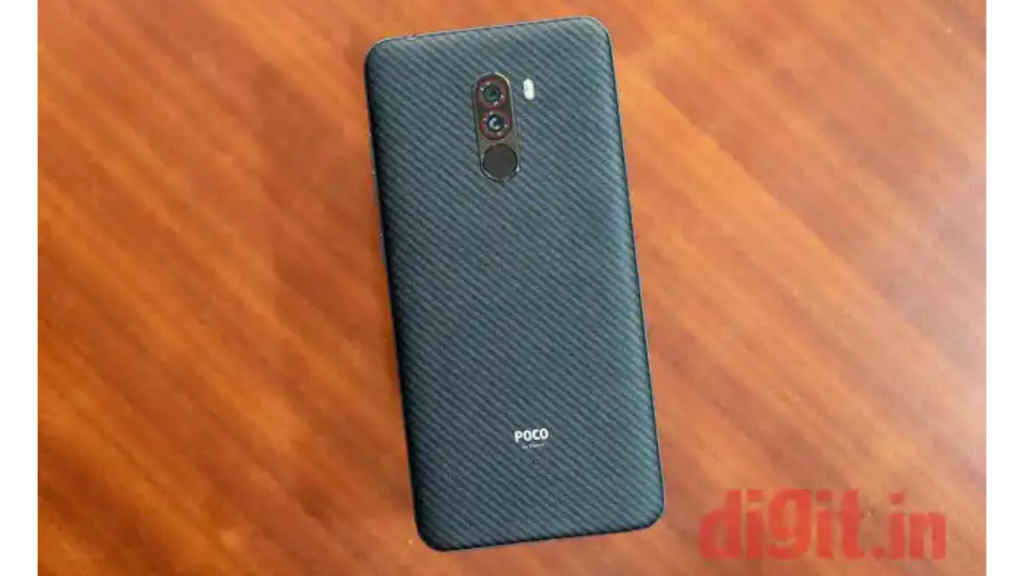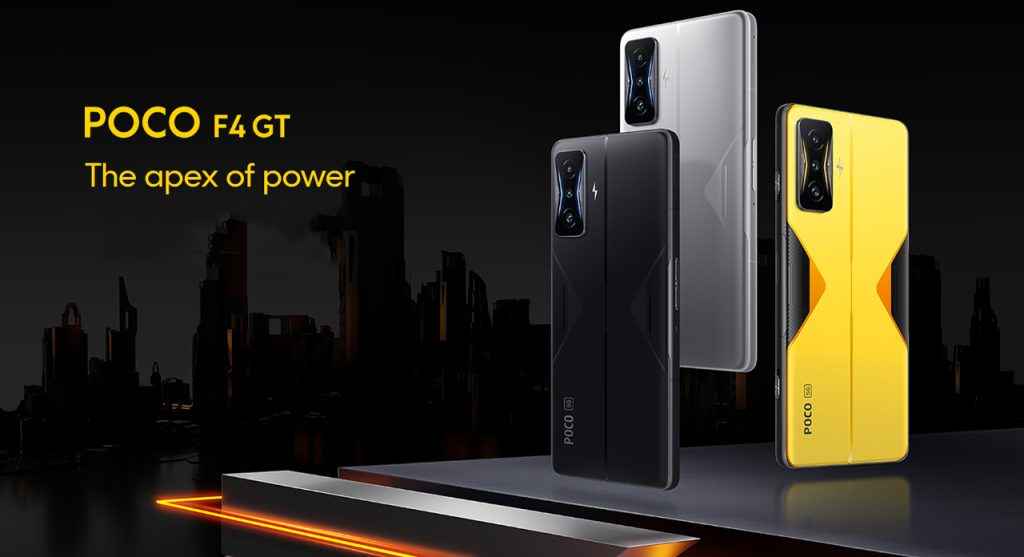The POCO F-Series Story: Every Generation, One Goal – Outrun the Segment

There’s something unapologetically bold about POCO. In a smartphone market flooded with fancy gimmicks and exaggerated megapixel counts, POCO stood up and asked a far more important question: What do people actually need in a smartphone? And more importantly, what don’t they?
 Survey
SurveySince its birth POCO has embraced a philosophy of minimal marketing and maximum value. It listens obsessively to its users. It ignores industry noise. And when it launches a phone, it’s never just to add another product to the shelf. It’s to challenge the status quo.
Nowhere is this clearer than in its F-series, where every phone has been a statement against overpriced flagships and underwhelming mid-rangers. And at the centre of it all lies a story that began with one of the most legendary phones to ever launch in India – the POCO F1.
F1: The revelation of raw power

Launched in 2018, the POCO F1 wasn’t just another phone. It was a mic drop moment. At a time when Snapdragon 845 was considered elite territory, POCO managed to bring it to the sub-₹21K segment. It was about pure, unfiltered, and unapologetic performance.
It flew through tasks. It obliterated gaming benchmarks. It turned heads in tech forums and made even the most brand-loyal users take a long, hard look at what they were paying for. It built a cult following that still reminisces about it as the “master of speed.”
But more importantly, it drew a line in the sand. You didn’t need to spend loads of money on flagship power anymore.
F3 GT: Redefining gaming in the mid-range
When the F3 GT arrived, POCO had its eyes firmly set on gamers. Here was a phone that offered magnetic shoulder triggers, a 120Hz AMOLED panel, stereo speakers, and enough raw power to make console gamers do a double-take.
The mid-range had never seen such a deliberate gaming focus. Features that were once reserved for niche, high-end gaming phones were suddenly accessible to everyday players. It wasn’t performance for the sake of numbers, the F3 GT delivered where gamers actually needed it to.
F4 to F6: Honing the formula

With each subsequent iteration from the F4 to the latest F6, POCO refined its craft. Snapdragon chipsets like the 870, 7+ Gen 2, and 8s Gen 3 brought near-flagship speeds to the mid-tier. The displays became brighter, faster, and more colour accurate. Battery life was extended. Thermal management became smarter. Design language matured.
And yet, through all this, POCO never lost sight of its core principle: eliminate fluff, maximise function. No excessive bloatware. No exaggerated specs just for headlines. Just sheer performance, fine-tuned for the power users.
Even the critics couldn’t ignore it. The POCO F6 was largely accepted as a complete phone under ₹30,000, earning praise for its balance of speed, efficiency, and clean design.
Every generation, one goal
Look back at all six generations of the F-series, and a pattern emerges. They weren’t just chasing specs. They were setting new benchmarks, often forcing competitors to respond, realign, and reprice. POCO always ran straight at the performance core of the segment.
It introduced features early, took bold design decisions, and built each phone not to match the market but to shake it. Its approach is rooted in community feedback, not marketing trends.
POCO’s teams engage with fans, respond to feedback, and focus on iterative improvements based on actual user behaviour and not imagined personas.
That’s why POCO users often become POCO loyalists. Not because of flashy marketing campaigns, but because the product quietly delivers what matters.
So what comes next?
POCO hasn’t officially said much about the next entry in the F-series. But if history is anything to go by, expectations are already sky-high. The next POCO is expected to feature a top-tier chipset, a high-refresh-rate display for gaming and streaming, robust battery life, and a clean, durable design. And true to POCO tradition, it’s likely to undercut competitors in pricing, again offering a flagship-like experience at a not-so-flagship price.
If the last six generations have taught us anything, it’s this: POCO is once again set to redefine the race entirely. And every time it does, it brings a little less noise, a lot more power, and a clear message.
Also the brand is not a one-series wonder. This is the same brand that released India’s most affordable 5G smartphone under ₹8,000. Whether it’s the C-series or X-series, POCO is constantly forcing the market to respond, not just compete.
Team Digit
Team Digit is made up of some of the most experienced and geekiest technology editors in India! View Full Profile